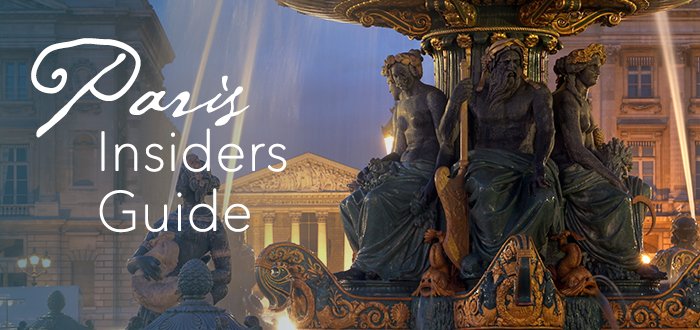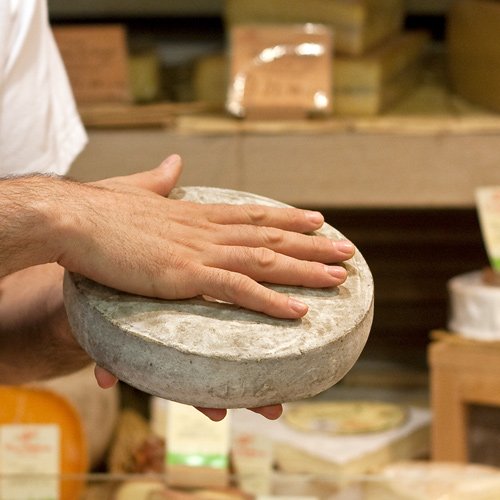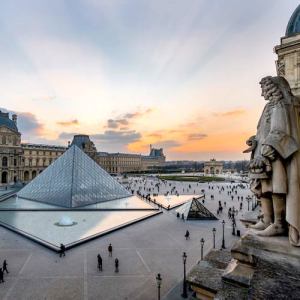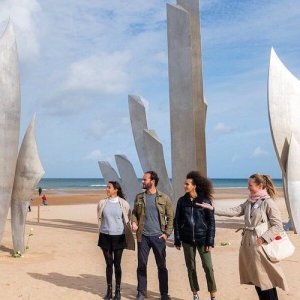Place de la Concorde – Paris, Royalty & Revolutionaries
It's the largest place, or square, in Paris — although Place de la Concorde is actually an octagon that connects Champs-Elysées to the Jardin des Tuileries and Eglise de la Madeleine to the Palais Bourbon across the river. The place covers twenty-one acres in the center of the city bordering on the Seine.
![]()
Our Top-Rated Paris Experiences
1. Seine River Romantic Dinner Cruise… With live music & champagne
2. Cheese and Wine Tasting in a Private Paris Cheese Cellar… Learn from a Master Affineur
3. Louvre Masterpieces Tour… Skip the lines for the best experience
4. Dinner Cruise with Maxim's of Paris… An Art Nouveau experience from 1900
Eleven Great Things About Place de la Concorde
1. The Reign of Terror & Place de la Revolution
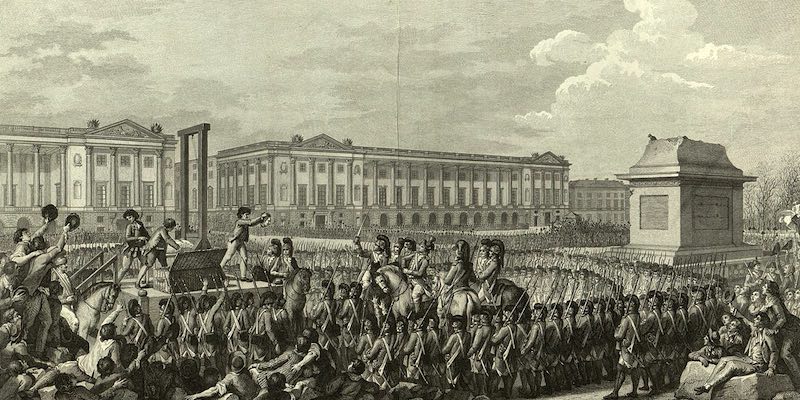 The execution of Louis XVI
The execution of Louis XVI
In 1793, during the 13-month Reign of Terror, the square was renamed the Place de la Revolution. A whopping 1,300 people, including Louis XVI, whose father had built Concorde, faced the guillotine's sharp blade. Other notable victims were Marie Antoinette, Madame du Barry, Charlotte Corday, and French Revolutionary leader Georges Danton. On July 28, 1794, in an odd symmetry, a crowd of 1,300 Parisians gathered to witness the execution of Maximilien Robespierre, effectively ending the Terror. In 1795, the name of the place was changed to Place de la Concorde, meaning harmony or peace.
![]()
Discover What's On When You're Here...
• January... |
• February... |
• March... |
• April... |
• May... |
• June... |
• July... |
• August... |
• September... |
• October... |
• November... |
• December... |
Discover What's On When You're Here
• January...
|
• February... |
• March... |
|---|---|---|
• April... |
• May... |
• June... |
• July... |
• August... |
• September... |
• October... |
• November... |
• December... |
2. The Obelisk of Luxor
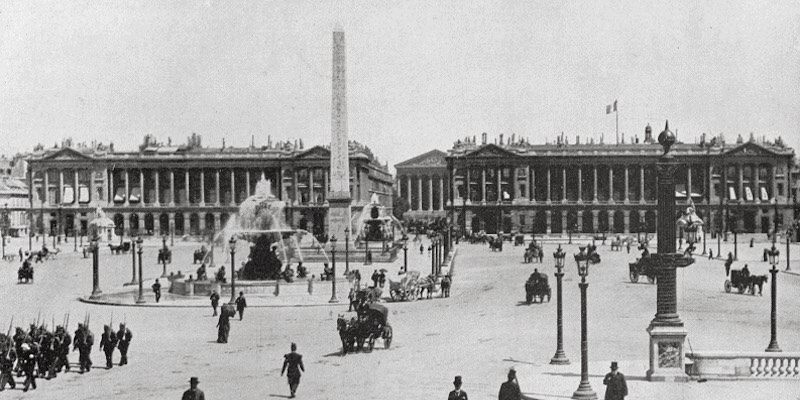 The Obelisk of Luxor in a 19th-century photo of Place de la Concorde
The Obelisk of Luxor in a 19th-century photo of Place de la Concorde
The 23-meter high (75 feet) Egyptian obelisk that stands in the center of Place de la Concorde is the oldest monument in Paris. The 3,300-year-old, 220-ton obelisk comes by way of the Temple of Luxor, built in the 13th-century BCE. In 1831 it was gifted to Louis Philippe from the viceroy of Egypt, Mohammed Ali Pasha. As you can imagine, it was no easy feat to get it to Paris. Three hundred men first had to dig a canal in Egypt to provide shipping access. Today, it's no easy feat to get up close to the obelisk. Cross the busy intersection carefully, using the crosswalk!
3. Sculptures & Fountains
 Sculptures in the fountains on the place
Sculptures in the fountains on the place
Circling the Place de la Concorde are groups of statues and figures representing all points of France — Bordeaux, Brest, Lille, Marseilles, Nantes, Rouen and Strasbourg. To the north and south of the obelisk are two fountains, one represents wartime navigation and the other river navigation. You might recognize the figures in the fountains, their replicas appear in St Peter's Square fountain in Rome. Twelve sculptors worked around the clock to complete them by 1840.
![]()
Romantic Dinner Cruises In Paris
|
VIP Dinner Cruise with Bateaux Parisiens |
Dinner Cruise by Maxim's of Paris |
|
VIP Dinner Cruise with Bateaux Parisiens |
4. Pont de la Concorde
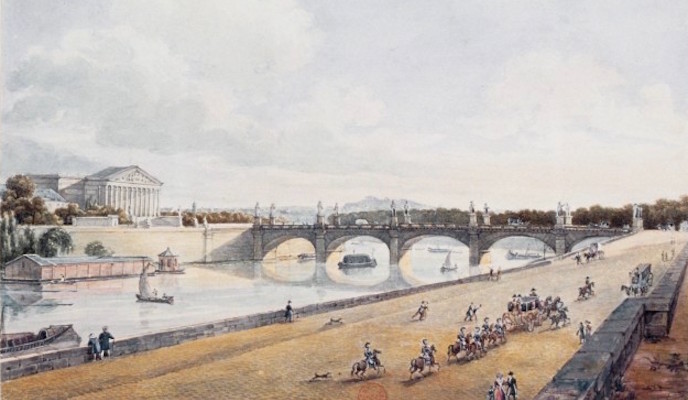 Pont de la Concorde in the early 19th century
Pont de la Concorde in the early 19th century
Built from the stones of the Bastille prison after it had been pulled down by a mob to kick-off the French Revolution, this five-arched bridge was designed by renowned bridge builder and architect, Jean Rodolphe Perronet; construction continued right through the Revolution and the bridge was completed in 1791.
Pont de la Concorde crosses the Seine at Place de al Concorde (naturally!) to connect Quai des Tuileries on the left bank to Quai d'Orsay on the right. In 1810, Napoleon placed statues of French generals on the bridge, however, the weight was too great for the structure and the statues (not the generals) were moved to Versailles.
5. North Facade of Place de la Concorde
 Neo-Classical north-facing facades flanking the fountain
Neo-Classical north-facing facades flanking the fountain
When royal architect Ange-Jacques Gabriel designed the Place de la Concorde, he also designed matching buildings that would form the north facade of the square. In 1757 work began on the two Neo-Classical north-facing facades, separated only by by Rue Royale. Today, one of the buildings is the Hotel de Crillon. The other contains French government offices. You can see Eglise de la Madeleine at the far end of Rue Royale.
![]()
Experience the Splendor Of Versailles
|
Versailles with Priority Access + Gardens |
Half-Day, Skip-the-Line Tour of Versailles |
|
Versailles with Priority Access + Gardens |
6. Hotel de Crillon

This luxury hotel was designed in 1758 by Ange-Jacques Gabriel for the Count of Crillon. The family held onto the mansion right through the Revolution, despite the fact that the guillotine was set up essentially on their front doorstep. In 1778, Louis XVI and American diplomats including Benjamin Franklin met at the Hotel de Crillon to sign the Treaty of Friendship and a trade agreement.
At the beginning of the 20th century, the building was converted into a luxury hotel and it remains that today. In the 21st century the hotel was completed renovated and updated and became the most recent hotel to win the Palace designation, which is a notch about five stars. In our review we give it our top rating of Superb-Plus!
7. American Embassy in Paris

It's the oldest diplomatic mission of the USA; Benjamin Franklin was one of the first ambassadors. Located at 2 Avenue Gabriel at Place de la Concorde, the current American Embassy was designed in 1933 by New York architects. You can easily recognize the building's site — look for the security fence and the barricades.
![]()
The Best Evenings in Paris
|
Dinner & Cabaret at the Moulin Rouge |
VIP Dinner Cruise with Bateaux Parisiens |
|
Dinner & Cabaret at the Moulin Rouge |
8. Chevaux de Marly

It's hard to miss the two sculptures of rearing horses at the entrance to Champs Elysées. The originals were also commissioned by Louis XV for the Chateau de Marly in about 1740. These were relocated to Place de la Concorde in 1795. It took sixteen horses and five hours to drag the statues there. The vehicle in which they were carried is now in the Arts et Metiers museum in Paris. What you see today are reproductions, the original sculptures now live at to La Cour Marly, the Louvre's glass-covered courtyard.
9. Tour de France and Parades
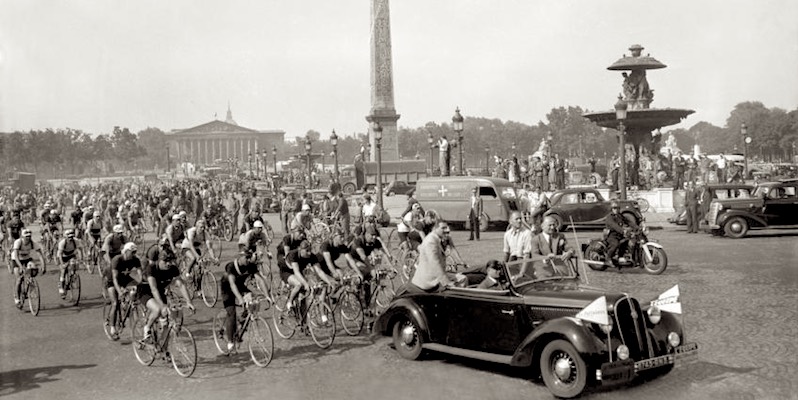
If you're lucky enough to be in Paris at the end of July, you can watch the finalists pull through Place de la Concorde into the home stretch of the Tour de France, which always end in Paris. And then there's Bastille Day, when a military parade led by the President of France marches through Place de la Concorde from Arc de Triomphe.
![]()
Find Hotel Deals for Your Dates in Paris
Check the complete list of Paris hotels to find current sale prices on rooms in every arrondissement. Save 10%, 20%… or even more! |
Paris Hotel Deals |
Find Hotel Deals for Your Dates in Paris
Save on hotels in every arrondissement of Paris – the Latin Quarter, Saint Germain, the Right Bank, the Marais, near the Eiffel Tower. Save 10%, 20%… or even more! |
10. Concorde Metro Station

Some consider it one of the most beautiful Metro stations in Paris. It's also one of the largest interchanges, linking the mighty line 1, that starts in the north at La Défense to Chateau de Vincennes, with Lines 8 and 12. The walls of the Concorde station look like a gigantic word search puzzle. Each tile contains a letter from the Declaration of the Rights of Man written in the brighter days of the French Revolution of 1789.
"Men are born and remain free and equal in rights."
11. La Grande Roue

For most of the year, just outside the gates of the Jardins des Tuileries, on the edge of Concorde, you'll find the biggest Ferris wheel in France, La Grande Roue. If you are okay with heights (we only went on the wheel once, and that was enough!) you'll be rewarded with fantastic views over all of Paris, including the Eiffel Tower as well as a birds-eye of the Tuileries. Wheeee! (Or helllpp!)
![]()
Delectable Food Tours in Paris
|
Discover the Food & Wine of the Marais |
Cheese & Wine Tasting in a Paris Cellar |
|
Cheese & Wine Tasting in a Paris Cellar |
Place de la Concorde History
 Guillotine on Place de la Concorde during the Revolution
Guillotine on Place de la Concorde during the Revolution
For most of the history of Paris, the land that Place de la Concorde sits on was a swamp — until royalty got their way, that is. Louis XV commanded his royal architect, Ange-Jacques Gabriel to find the perfect setting for an equestrian statue of the king himself. A new square was built at the west end of the Tuileries, called, of course, Place Louis XV. The statue of Louis, however, stood on the square for less than twenty years. Not surprisingly, it was removed during the French Revolution when a guillotine was erected in its stead.
Paris Planning Guides
 Glorious Dinner Cruises
Glorious Dinner Cruises |
 Paris Metro Guide
Paris Metro Guide |
 Visiting Versailles
Visiting Versailles |
 VIP to Champagne
VIP to Champagne |

